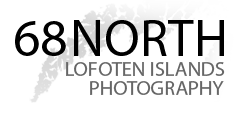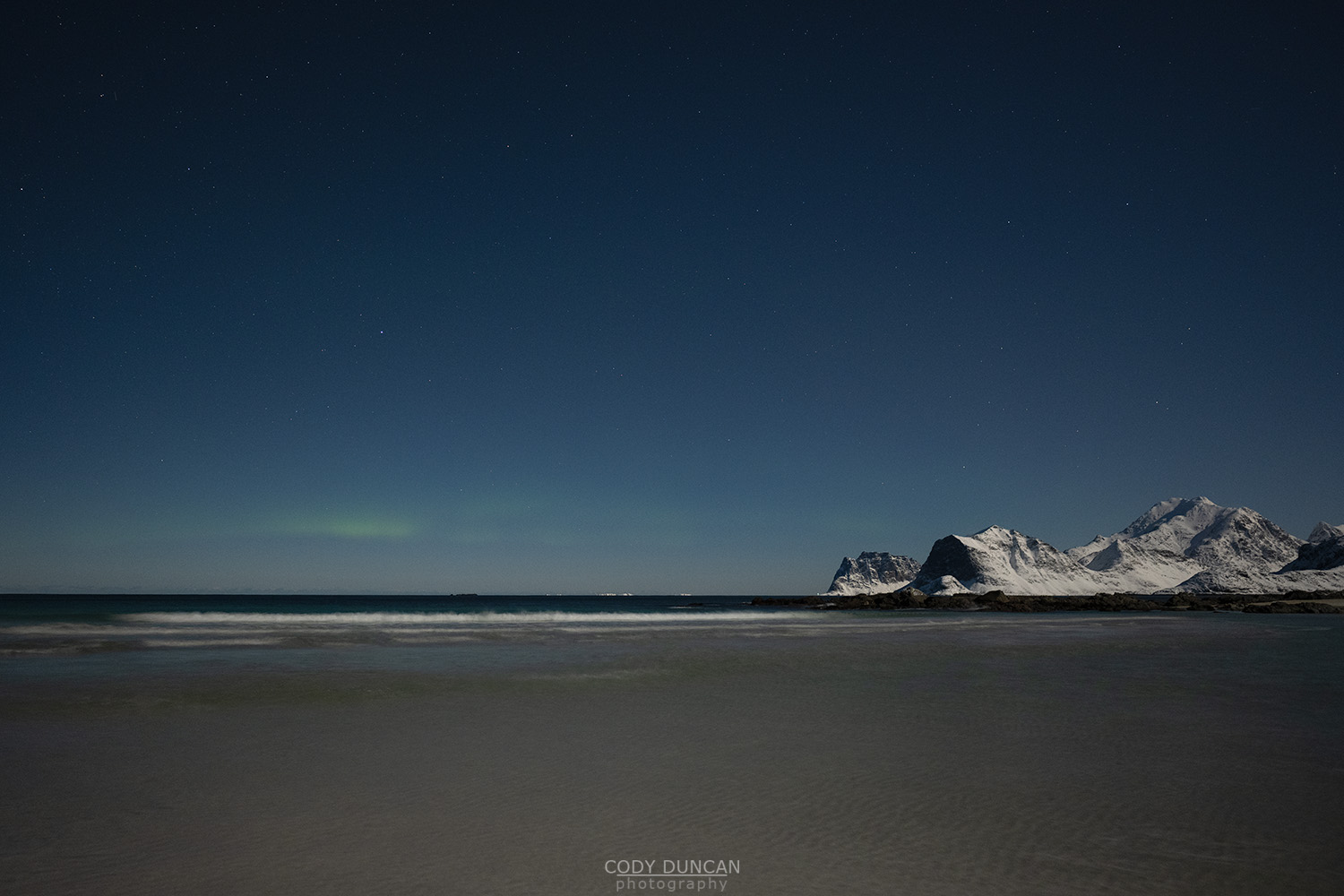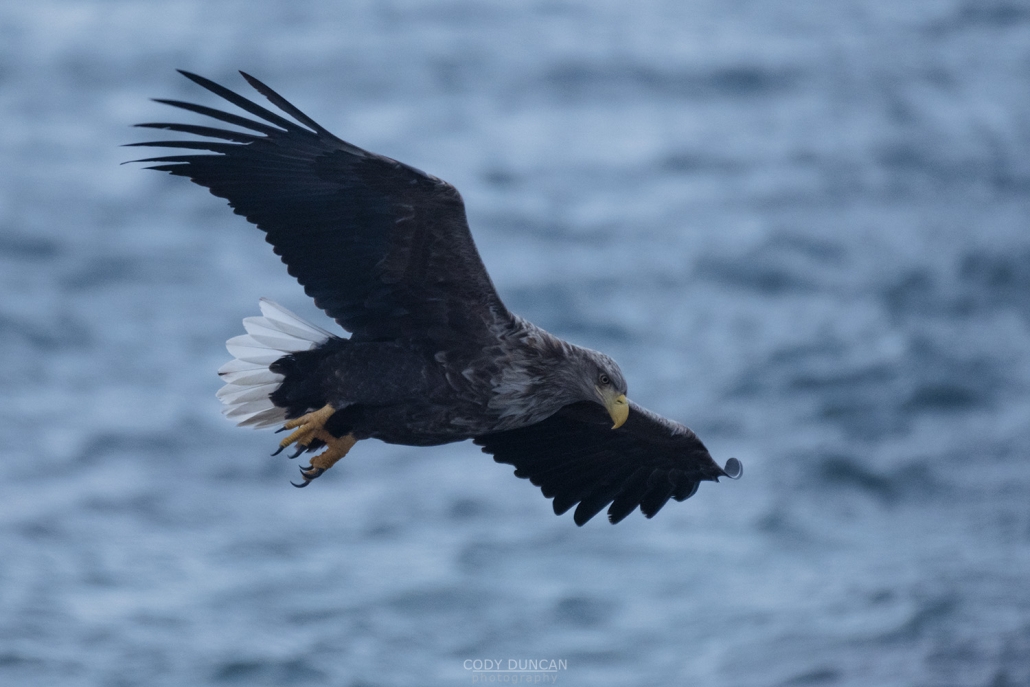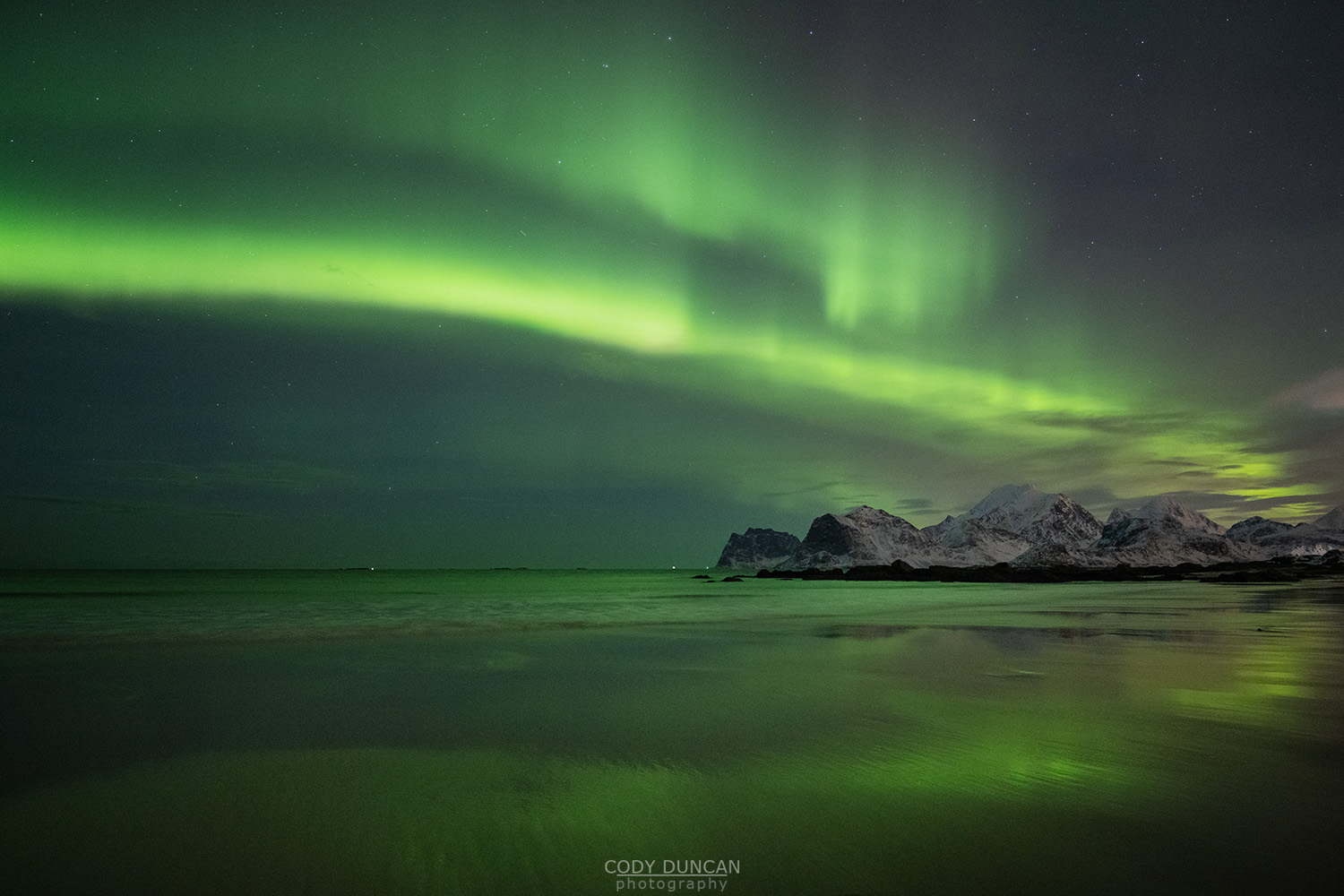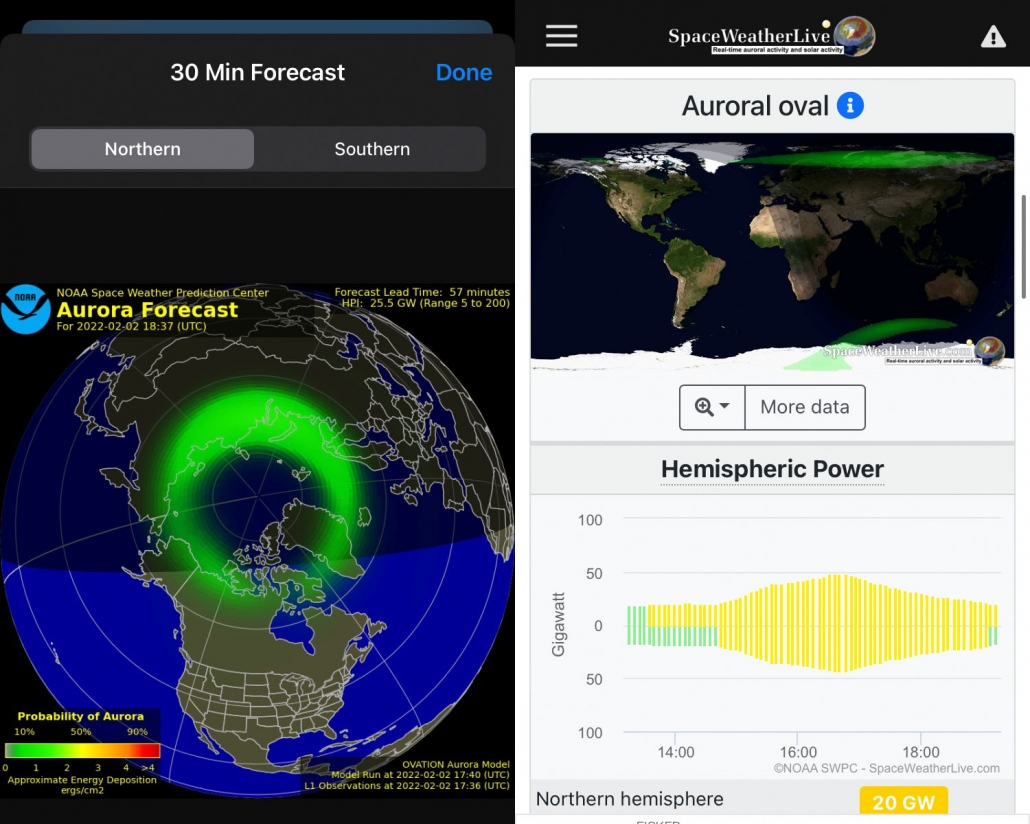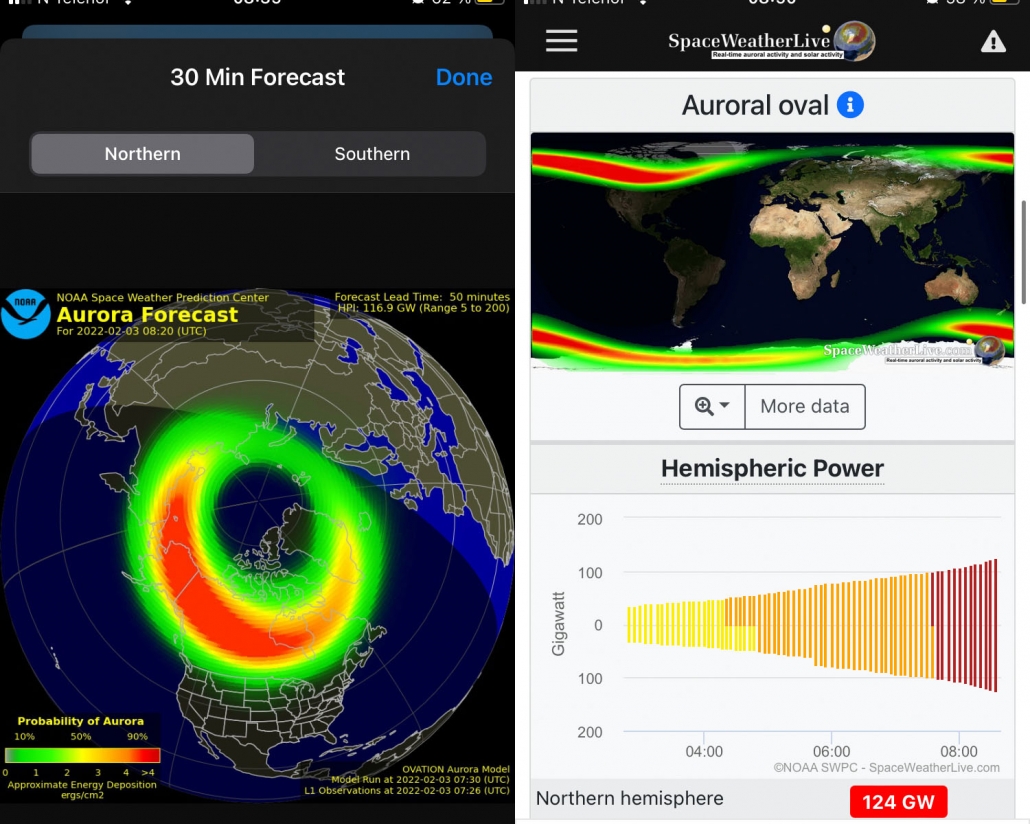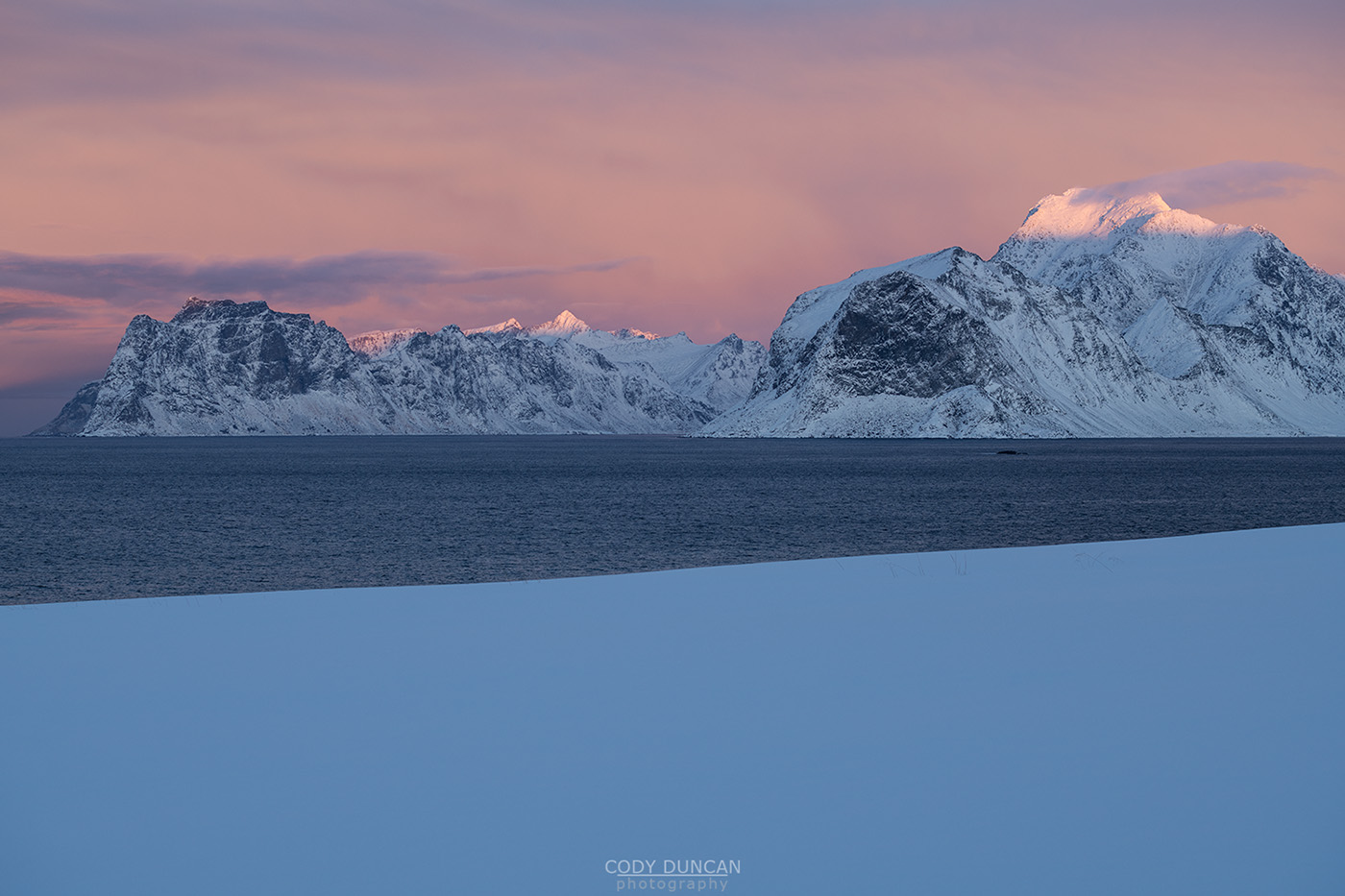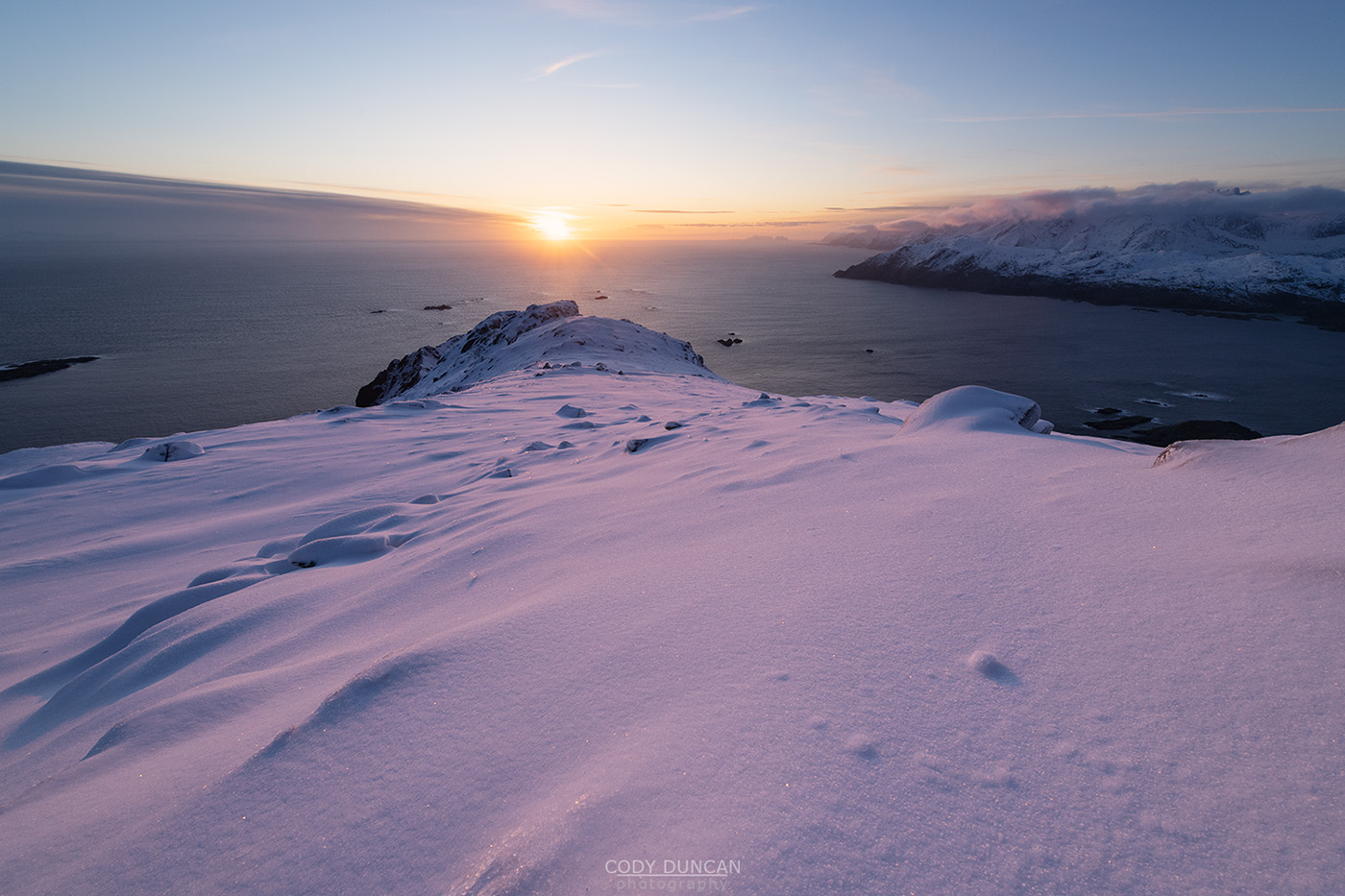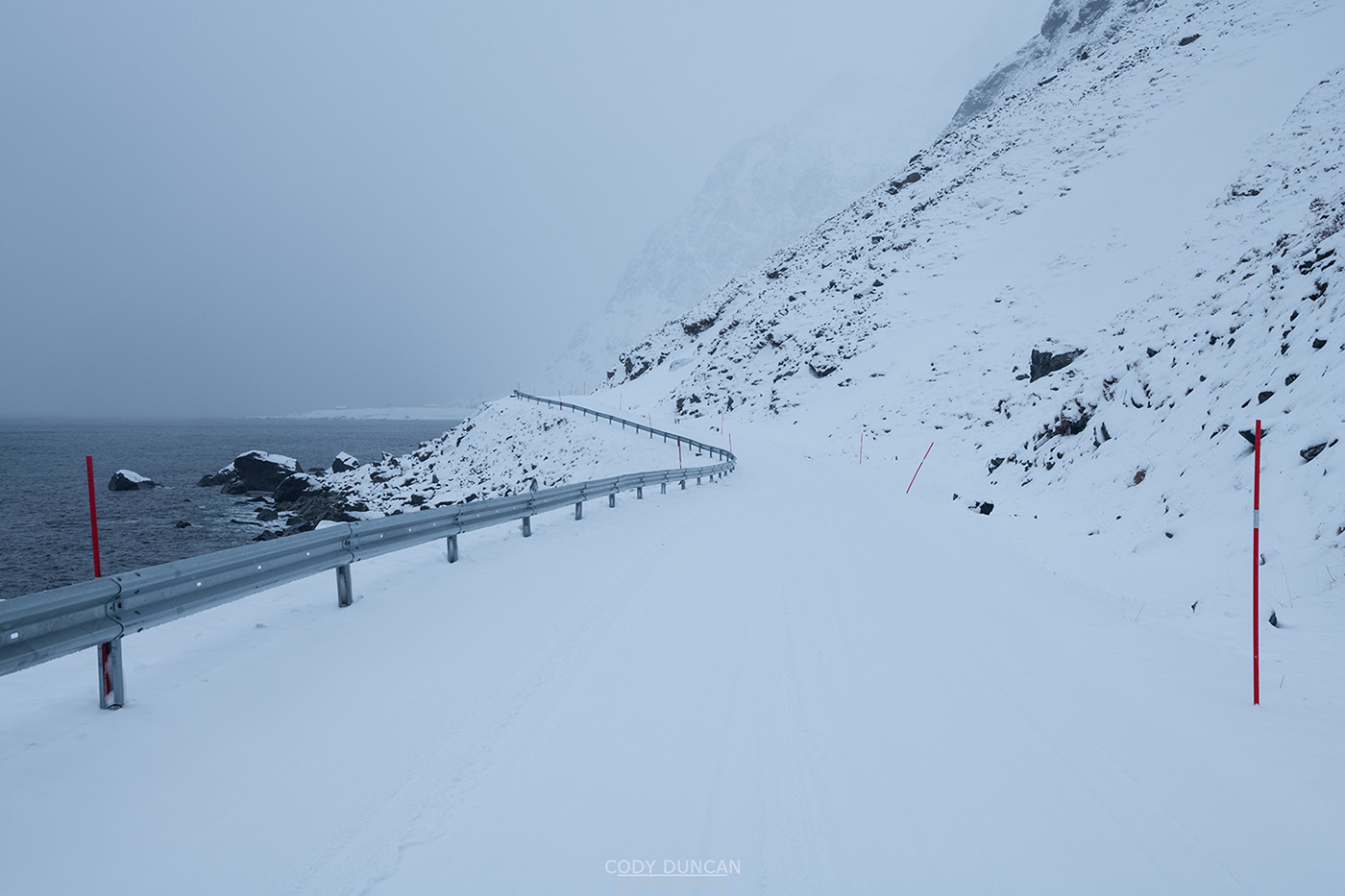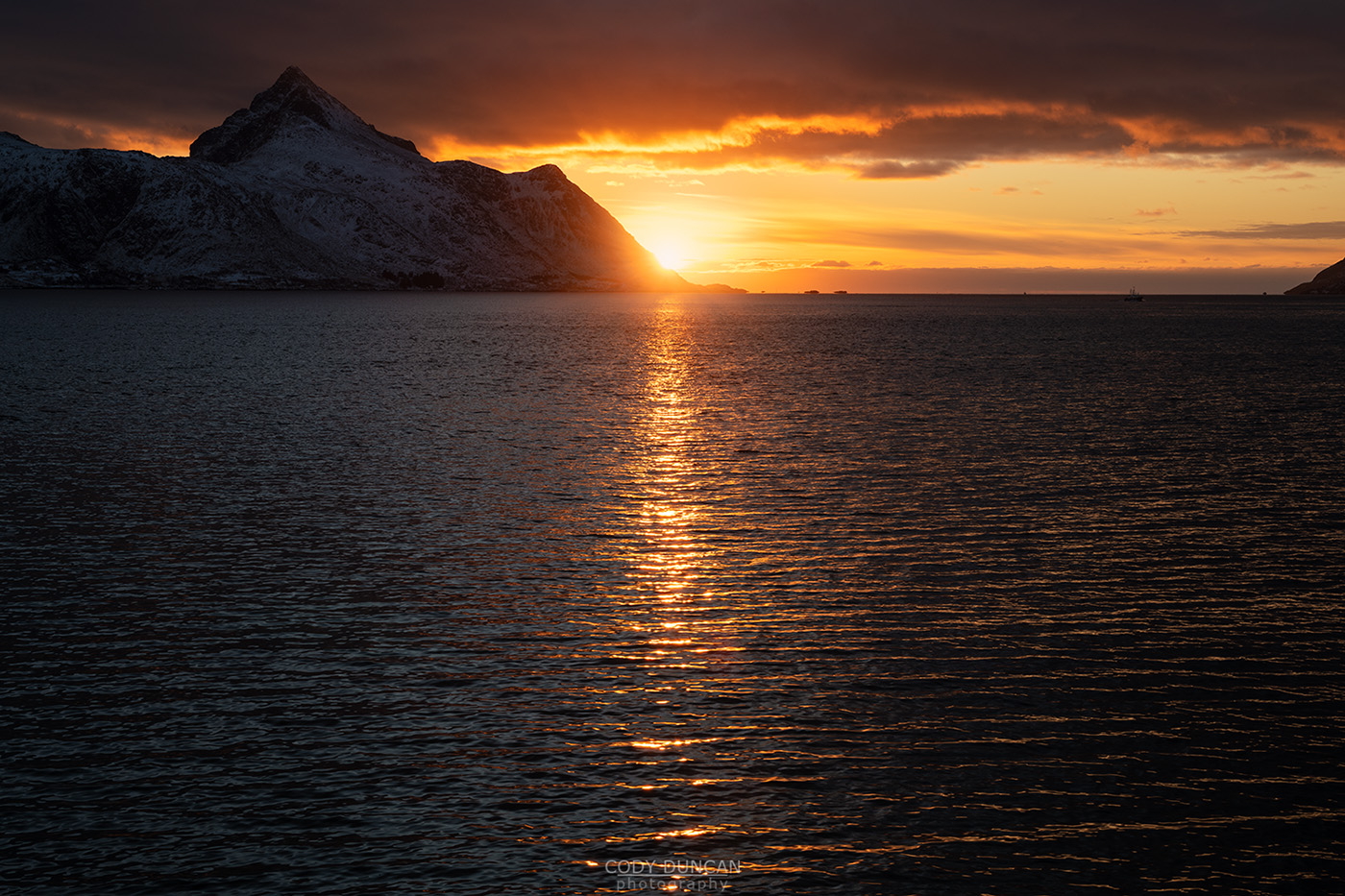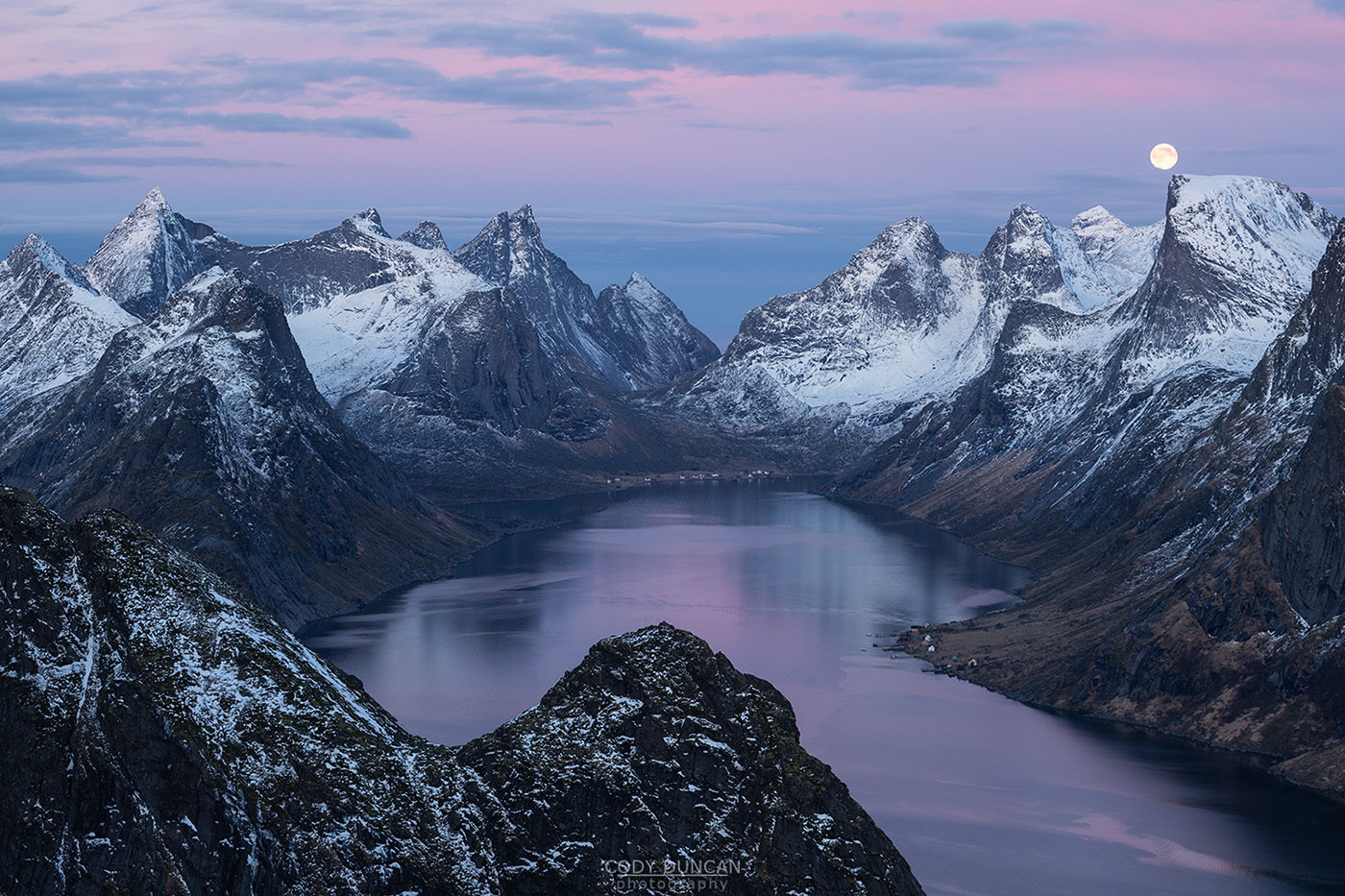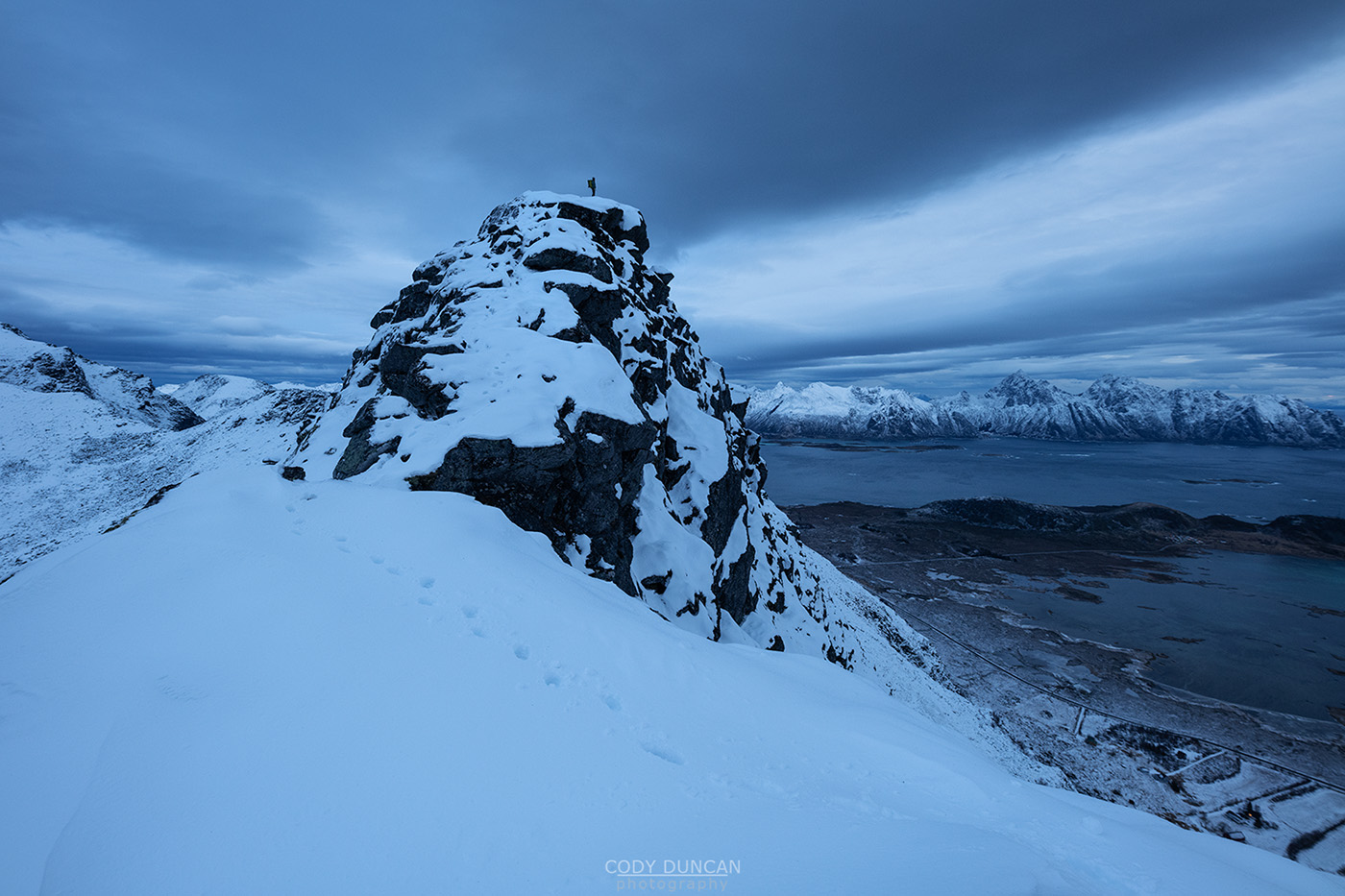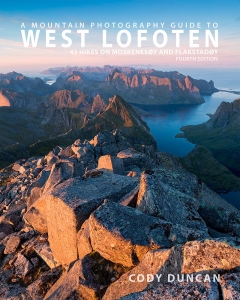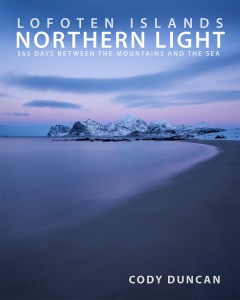Friday Photo #477 – White Winter
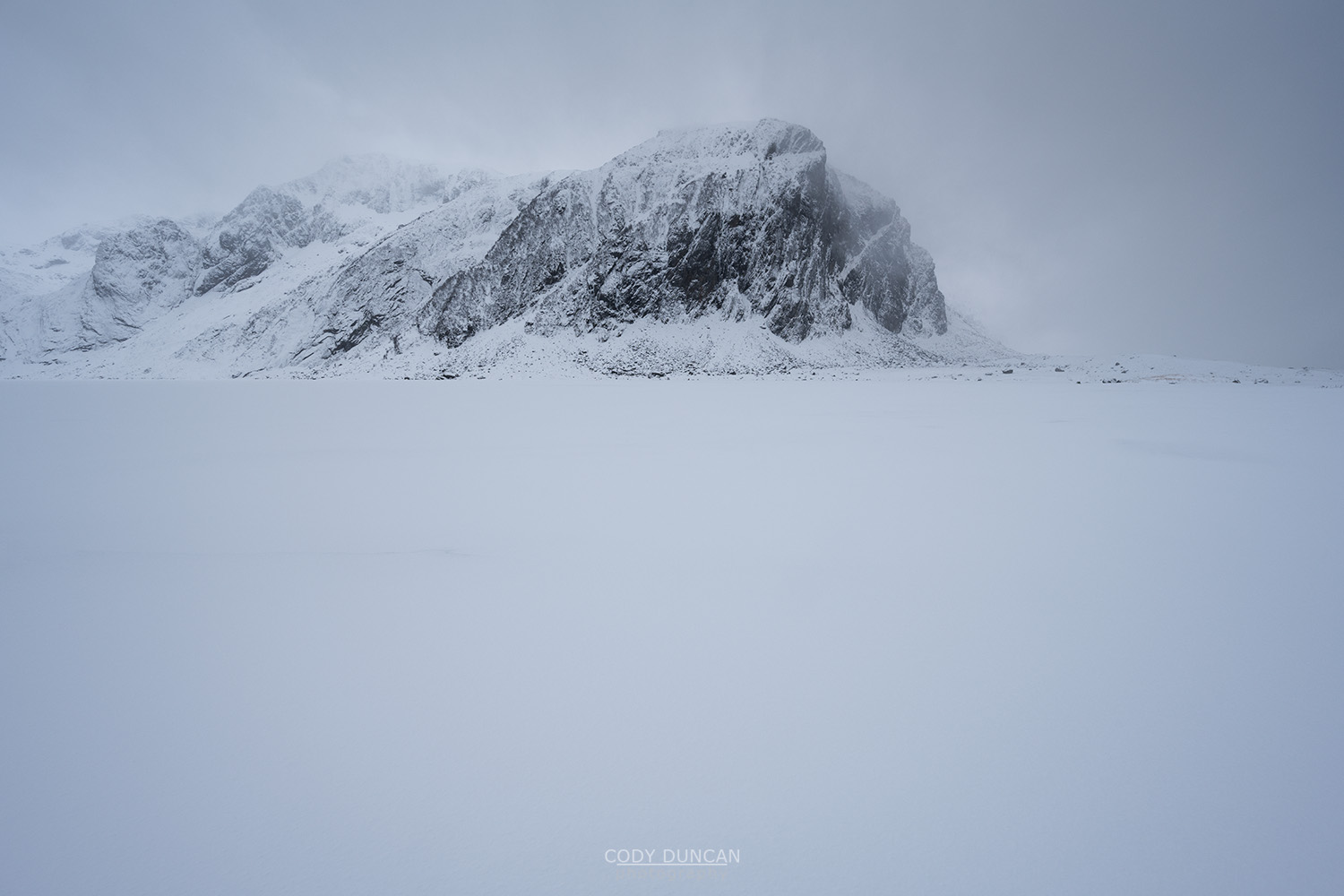
Photo: Deep winter freeze at Nedre Heimredalsvatnet, Eggum, Vestvågøy, Lofoten Islands, Norway. February 9, 2022. 11:42
Lofoten has been full of snow for the last weeks and even the often windswept outer coastlines and mountains have remained in a deep freeze – the landscape often looking like a black and white painting. But unfortunately, this will soon be coming to and end for the time being as the weather forecasts are warning of up to 50cm of rain arriving Saturday night.
It will actually be a very quick transition from white winter to brown winter. The forecast for Saturday at 08:00 is -5 degrees c, while by 20:00 in the evening the temperatures will have risen to 5 degrees c. A 10 degree temperature difference in only a few short hours. And with it, heavy, snow melting rain, which looks like it will last throughout most of next week as well, unfortunately. Even Tromsø further north doesn’t look like it will be spared of warm temperatures and rain.
So tomorrow will be the last morning to enjoy the winter wonderland for now. How much will be left? Who knows. But hopefully the snow soon returns and there are plenty more weeks of skiing here…
Head over to my Instagram account for (almost) daily postings of the local conditions here on Lofoten: @distant.north
Camera Info:
Nikon Z7 II
Nikon 14-30 f/4
14mm
ISO 100
f 9
1/40 second
WB Daylight
